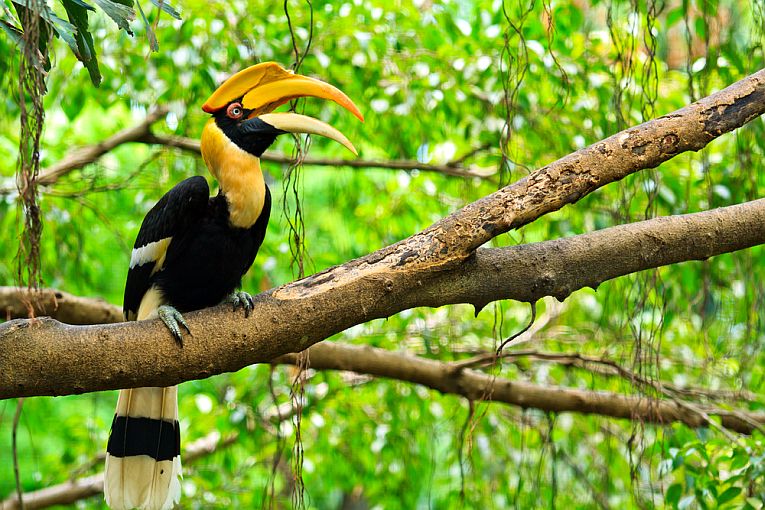The Kathmandu Symposium on Zero Poaching in Asia
is drawing to a close. Tiger, elephant and rhino hit the headlines, but aquarium fish, lizards, butterflies and birds are just as threatened by highly illegal activities. The WWF are prominent in this conference, highlighting 10 other species we need to be aware of.
Some of the WWF headliners are musk deer, Moschus moschiferus. They are sought after for the ubiquitous Chinese medicines and the perfume industry, while we have regularly covered the delightful Chinese habit of milking sun bears, Helarctos malayanus, for their gall bladder’s bile. Pangolins and the magnificently territorial Tokay geckos are now threatened with more daft medical claims, with plants also unable to escape this greed for collection. Many orchids, especially slipper orchids such as Paphiopedilum rothschildianum have been stripped from the wild, leaving empty forests, except where they have been cut down too. Even trees like rosewood have now virtually disappeared, with only one tiny area in Thailand protecting the whole species.
Familiar animals to some, in sewers and even Florida, the Asian python, Python bivittatus still cannot avoid the slaughter as fashion dictates snakeskin handbags! If we mention the tigers again, the Chinese have to be mentioned yet again too. 1590 tiger parts were seized over recent years, but of course many more tigers have beendisappeared.
The exact mechanisms for Chinese to obtain tigers need to be carefully checked. The famed tiger temple at Wat Pa Luang Ta Bua uses tiger cubs for pet zoos and similar activity, but 100 tigers have been found at the temple without official permits. Like Sri Racha Zoo, also in Thailand, tigers are bred and have been found to be taken to China. The fate of these animals is to become a prized penis or skin, in this strange worship of animal bits that may confer some ancient blessing to their owner!
We have many articles on conservation, especially tiger subspecies, along with binturong and elephant, and the rest! Meanwhile, Thailand has been known to promise an end to ivory trafficking, but there is absolutely no sign of this happening, nor are tigers and precious hornbills at the tiger temple likely to have been maintained simply for tourists. The birds are indeed known to be traded in Narathiwat, with big helmeted hornbills, Rhinoplax vigil, the most sought, and also the most endangered. Obviously it is not only their huge loss of habitat they have to worry about.
We will write more tomorrow when the Kathmandu symposium has ended. Let us hope some really tight conclusions can end this horrific trade in what seems like all of the animals the world wants conserved! If you thought zero poaching in 2011 and 2013 was impossible, read up the Kathmandu Post on tiger and rhino poaching, but you are right. There IS a lot of poaching in other countries. It has to stop, although some species are becoming extinct as we write. Maybe that is the only end-point that will prevent this terrible trade.















